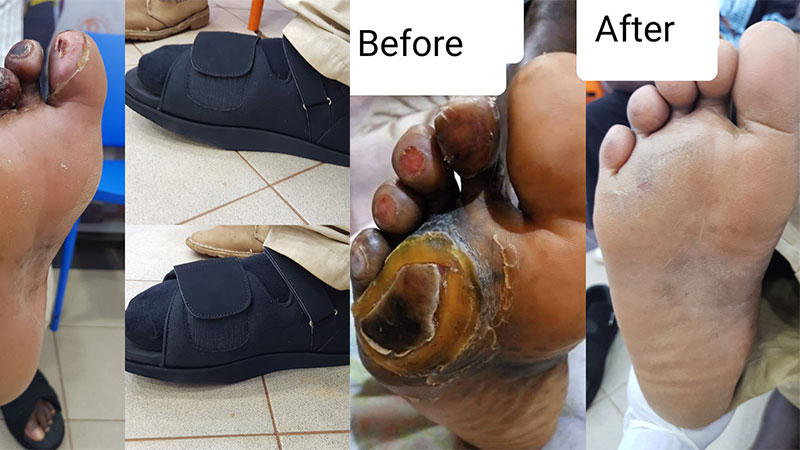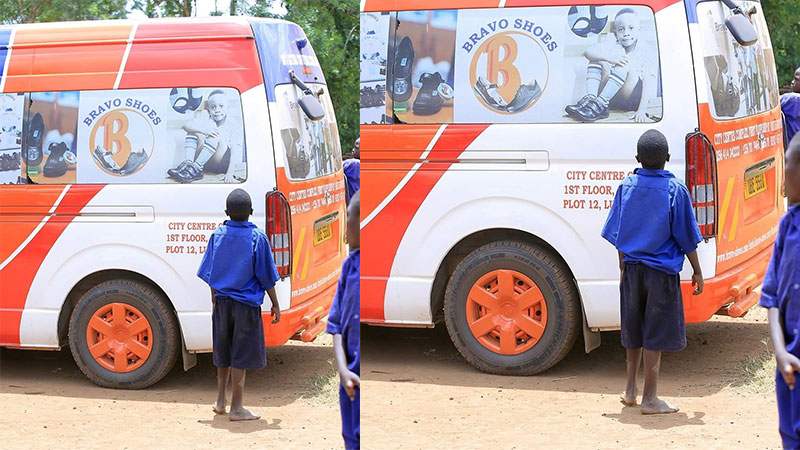- Your cart is empty
- Continue Shopping
Diabetic wound care and management

Diabetes is a result of the body’s inability to produce insulin, insulin is a hormone that allows your body to turn glucose or sugar into energy. If your body has problems in metabolising glucose it can lead to high blood sugar levels
Diabetes can cause problems that in turn affect your feet into what we refer to diabetic wound.
- Diabetic neuropathy: poor control of diabetes can destroy nerves and if the nerves in your legs and feet are damaged, you loose a sense of feel and this lack of feeling is called (sensory) if you don’t feel any cut on your foot due to this condition(neuropathy) this cut could get more worse and infected, the muscles on your foot will not function properly because nerves to muscles are damaged, this might cause your foot not align properly, creating too much pressure on one part of the foot.
- Peripheral vascular disease: diabetes as well affects blood circulation and without good flow oof blood, a cut or sore will take long to heal in this process you are at a risk of developing foot ulcers or GANGRENE(dead tissues due to lack of blood)
Some of these foot problems are:
- This form when shoes rub a certain spot on your foot, it can be because of wearing ill-fitting shoes, wearing shoes without socks among other factors
- Dry skin. Dry skins sometimes crack leaving wounds which sometimes allow germs to enter through those wounds.
- Diabetic ulcer/ foot ulcer. This is a break in the skin or a deep sore, if unattended too it becomes infected. This can occur from ill-fitting shoes, scrapes and minor cuts. It is advisable to attend to the as they occur.
- In grown toenails. This occurs when the ends of the nail grow into your skin, it results into pressure and pain on the nail edges, it sometimes cuts into the skin resulting into redness, pain, swelling and infections. The causes of this may be unprofessional trimming of nails, ill-fitting shoes.
Signs of diabetic foot problems:
- Bad smell that is unusual and will not go away.
- Dry cracked skin around the heel.
- Pains in the legs.
- Swellings in the feet.
- Skin colour changes.
Diabetic foot complications and problems
- Difficulties in blood flow and nerves makes it likely for people with diabetes to get injury and not realising it until infections occur. If an infection is not healed, abscess creates and if blood flow is low, leads to gangrene and in this case amputation is recommended.
- Deformities: when the nerves are damaged, it weakens the muscles in your feet and cause problems like claw feet, pes cavus or a high arch that wont get flat when put more weight on it.
- Skin infections: a minor wound or cut can lead to infections because of the nerve and blood vessel damage, this can as well affect the immune system.
Possible solutions to diabetic foot care
- Monitor your blood sugar within your advised ranges by your doctor.
- Always check the inside of your shoes before wearing them.
- Examine your feet always to rule out sores, blisters, redness etc it is good to always check your feet everyday especially if your blood flow is poor.
- Always wear stockings that properly fit your feet well and soft.
- Wear shoes that properly or a little wider to allow more room for the foot in case of any deformity.
- Too much heat or coldness is too bad for your feet, interchange shoes with stockings ant night.
- Do not walk barefooted around or in the house, always wear shoes.
- See your doctor for check up every three months when you have foot problems.





